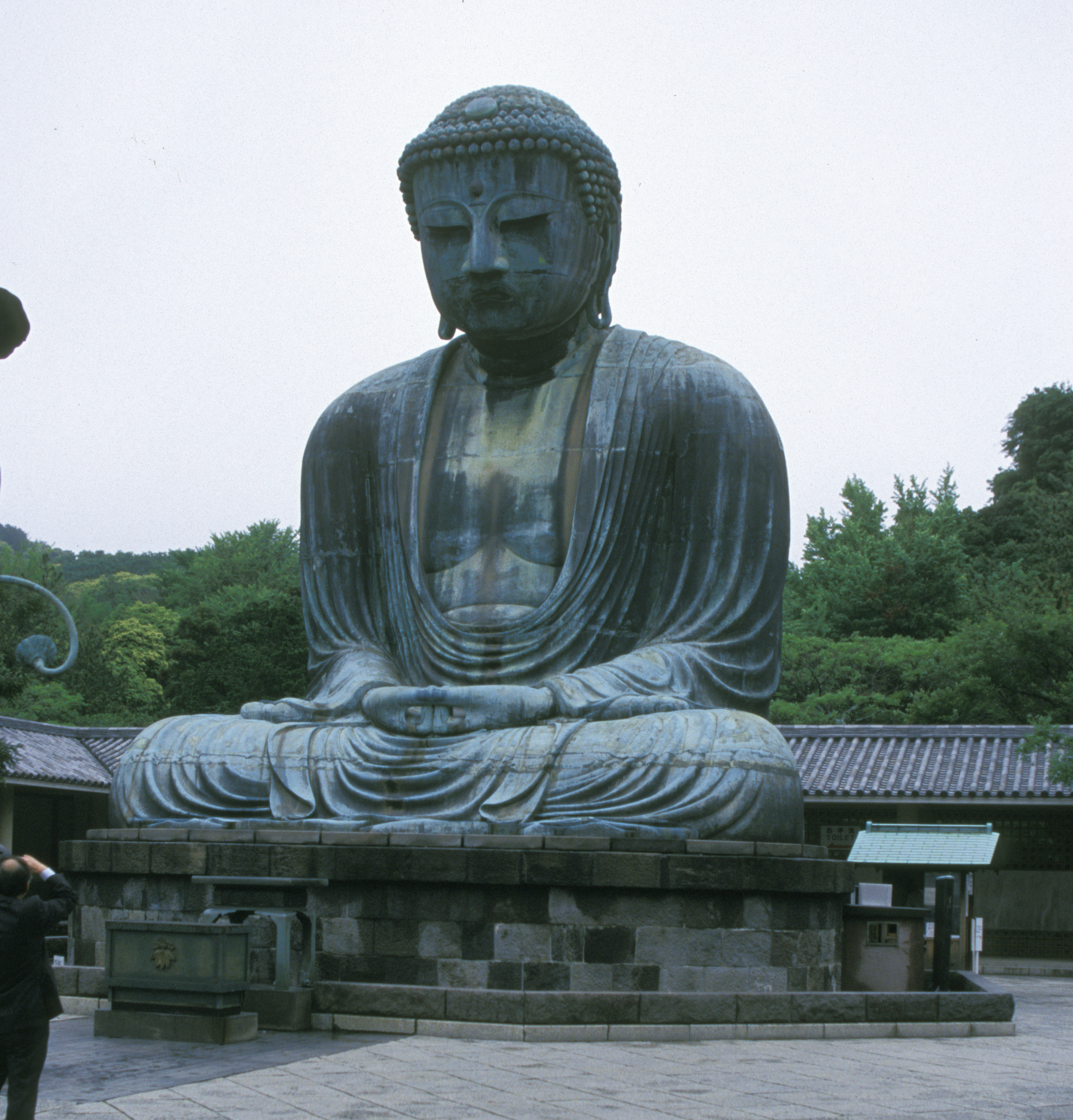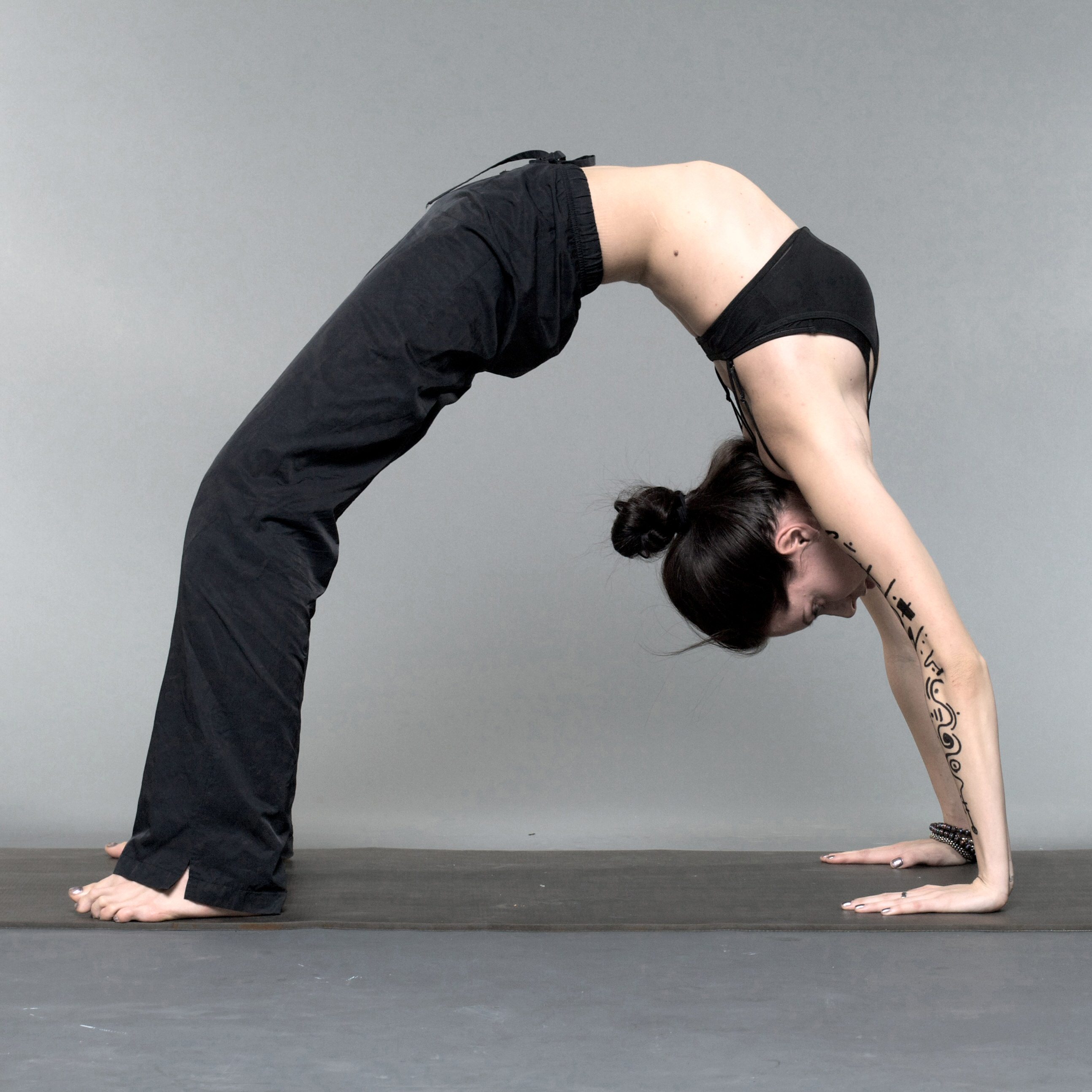
Global Vipassana Pagoda in Mumbai, India.
Joe Ravi, CC BY-SA 3.0, via Wikimedia Commons
Vipassana Meditation: Seeing Reality, Finding Peace
(The speaker walks to the centre of the stage, makes a gentle bow, and begins with a calm, engaging presence.)
Good morning.
I want to start by inviting you to think about your mind. Not what you think about, but the very nature of your thinking.
In the quiet moments—maybe just before you fall asleep—have you ever felt a sense of… background noise? A restless hum of planning, worrying, remembering, wanting?
In our world, we are surrounded by answers. If you’re stressed, there’s an app. If you’re anxious, there’s a pill. If you’re bored, an entire digital universe is waiting in your pocket. We have more ways to distract ourselves than any generation in history.
And yet… that quiet hum of dissatisfaction often remains. That subtle sense that something is missing.
What if the solution isn't about adding something new? What if it’s about learning to see clearly what is already there?
This is the promise of Vipassana Meditation. Not a promise of blissful escape, but of profound understanding. Not an addition to your life, but a subtraction of everything that clouds your vision.
My purpose today is not to convert you, but to explain to you one of humanity's most ancient and systematic technologies for the mind. A journey from the turmoil of reaction to the freedom of response.
Let’s begin at the beginning.
Over 2,500 years ago, in the fertile plains of northern India, a man named Siddhartha Gautama sat down under a tree, determined to understand the root of human suffering. He wasn't a god; he was a human being. He had tried everything—extreme luxury, extreme asceticism. He found that both were dead ends.
So, he chose a middle way. And with unwavering attention, he turned his awareness inward, onto his own body and mind. And there, he rediscovered a lost path. He didn't invent it; he found it, like a scientist discovering a law of nature. He saw the fundamental truth of impermanence—that everything, from a galaxy to a thought, is in a constant state of flux. And he saw how our resistance to this simple truth is the very engine of our suffering.
The tool he used to see this was Vipassana. The word itself means "to see things as they really are."
But this profound knowledge, this science of mind, almost vanished from the world. It was preserved, not in the great libraries of its birthplace, but in the quiet, dedicated practice of a chain of teachers in neighbouring Myanmar, passed down from generation to generation like a precious flame.
And in the 20th century, that flame was brought back to the world by a remarkable man: Satya Narayan Goenka. An Indian industrialist living in Myanmar, he suffered from debilitating migraines that no doctor could cure. In desperation, he went to a teacher of Vipassana, Sayagyi U Ba Khin. And there, he found not just a cure for his pain, but a cure for the deeper disease of suffering.
He began teaching, and with a power of compassion and logic that resonates across cultures, he made this ancient technique available to everyone. For free. He insisted it was not a religion, but a science of mind—a practical art of living.
So, what is this science? What are its laws?
The foundation of Vipassana rests on three profound, yet simple, pillars of wisdom.
The first is Anicca: Impermanence. Everything arises and passes away. Your breath, a feeling of joy, a pain in your knee, a thought of anger… all of it is in constant flow. We know this intellectually, but we live as if the opposite were true. We clutch at pleasant moments, screaming "Stay!" We push away unpleasant ones, screaming "Go!" And in this struggle against the fundamental law of the universe, we exhaust ourselves.
The second is Dukkha: Suffering or Unsatisfactoriness. The Buddha's first truth was not pessimistic, but diagnostic. Life, lived with a mind untrained in the face of Anicca, involves suffering. It’s the suffering of clinging, of aversion, of never being truly, lastingly satisfied.
The third is Anattā: Non-Self. Now, this is subtle. This doesn't mean you don't exist. It means that what you call "I" is not a solid, permanent, unchanging entity. If you look closely, "you" are a dynamic, flowing process of physical and mental phenomena. Your body changes, your thoughts change, your moods change. There is no fixed CEO in the headquarters of your mind. Clinging to this illusion of a permanent "self" is the root of our ego, our separation, and our deepest anxieties.
So, how do we move from understanding these truths intellectually to experiencing them directly? This is where the rubber meets the road. This is the technique.
Vipassana is taught in a 10-day residential course, and the training is a progressive, threefold journey.
First, Sīla: Moral Conduct. You start by agreeing to live morally for the course—no killing, stealing, lying, sexual misconduct, or intoxicants. Why? Because you cannot hope to calm a mind that is agitated by regret or harmful actions. A peaceful life is the foundation for a peaceful mind.
Second, Samādhi: Mastery of the Mind. For the first three and a half days, you do nothing but observe your natural breath. The instruction is deceptively simple: just feel the breath as it enters and exits the nostrils. You are not controlling it. You are just observing.
And what happens? The mind goes wild! It’s like a wild elephant, chained for the first time. It throws a tantrum. It brings up every memory, every plan, every fear, every song you ever heard. Your job is not to fight it, but to gently, patiently, and persistently bring it back to the breath. This is the hardest work. You are building a muscle—the muscle of your attention.
Then, on the fourth day, you are given the tool of Paññā: Wisdom. The tool of Vipassana proper. You are now guided to use your sharpened awareness to scan your body, part by part, from head to feet and feet to head, simply observing whatever sensations you find. Heat, cold, itching, vibration, numbness, pain… or nothing at all.
And here is the master key: the instruction is to observe all these sensations with equanimity. No reaction. Don't crave the pleasant tingling. Don't hate the piercing pain. Just observe. Understand that every sensation, without exception, shares the same nature: Anicca. It arises, it passes.
Why is this so revolutionary?
Buddha statue, Kamakura, Japan
Thyes, Public domain, via Wikimedia Commons
Because the Buddha discovered that at the deepest level, the mind and body are utterly connected.
Every mental reaction—every flicker of greed, every spark of hatred—manifests instantly as a physical sensation on the body.
And previously, we would react blindly to that sensation, creating a deep mental habit, a knot of tension, which he called a Saṅkhāra. This is the fuel for our future misery.
Vipassana breaks this chain. By observing the sensation without reacting, you stop creating new knots. And by observing old, painful sensations with equanimity, you begin to untie the old knots stored in the unconscious mind. You are, quite literally, purifying the mind at the deepest level.
Now, let's talk about the container for this deep work: the 10-day course.
It is… intense. You hand in your phone, your books, your journal. You agree to Noble Silence: no talking, no gestures, no eye contact with other students.
The day begins at 4 a.m. and involves about ten hours of meditation. There is physical pain. There is mental rebellion. Your mind will show you things you forgot, things you repressed. It will try every trick to get you to leave.
This is not a retreat; it is a mental surgery. The silence and the schedule are the sterile environment. The pain and the rebellion are the disease coming to the surface to be eradicated. And the breakthrough, when it comes, is not an intellectual idea. It is a profound, bodily-felt understanding: "This pain… it changed. It’s not solid. It’s just vibration. Everything… passes." That is the moment when Anicca becomes your lived reality, not just a word.
And what does modern science say about all this? It confirms it.
Brain scans show that Vipassana meditation thickens the prefrontal cortex, the area for rational decision-making. It calms the amygdala, our fear centre. It reduces activity in the "Default Mode Network"—the part of the brain responsible for our wandering, self-referential, often anxious mind-chatter.
Studies show it reduces stress, anxiety, and depression. It has been used successfully in prisons, reducing recidivism and hostility by giving people the one thing they never had: mastery over their own reactions.
So, how is this different from other forms of meditation?
Mindfulness is a wonderful derivative, often used for stress reduction. Vipassana’s goal is total liberation. Mantra meditation, like TM, uses a sound to transcend thought. Vipassana does not seek to transcend, but to penetrate. To understand. It is an investigative science.
Finally, why is this relevant for us, right here, right now?
Because our world is engineered to trigger our cravings and aversions. Social media, the 24-hour news cycle, consumer culture—they all prey on our reactive minds. Vipassana is the ultimate "immunization." It gives you the ability to feel the urge to check your phone, the surge of envy, the knot of anxiety… and to simply observe it. To not be enslaved by it.
It fosters real compassion. As you dissolve your own anger, you naturally have more compassion for the anger in others. It creates self-reliance. You are not depending on a guru or a substance. You are your own master.
The 10-day course is not the end. It is the beginning. It gives you the tools. The real practice is in life. In that moment when you're stuck in traffic and feel the rage arise… can you feel the heat in your face, observe it, and know it will pass? That is the art of living. That is freedom.
This path is not easy. It is a profound challenge. But it is a challenge that leads to the only thing that is truly, lastingly worthwhile: peace. Not a peace that depends on external conditions, but an inner peace that remains unshakable, no matter what storms may come.
It is a journey to the truth within. A journey to see, as the ancient teachers said, things as they really are.
Thank you.
(The speaker concludes with a gentle bow.)

